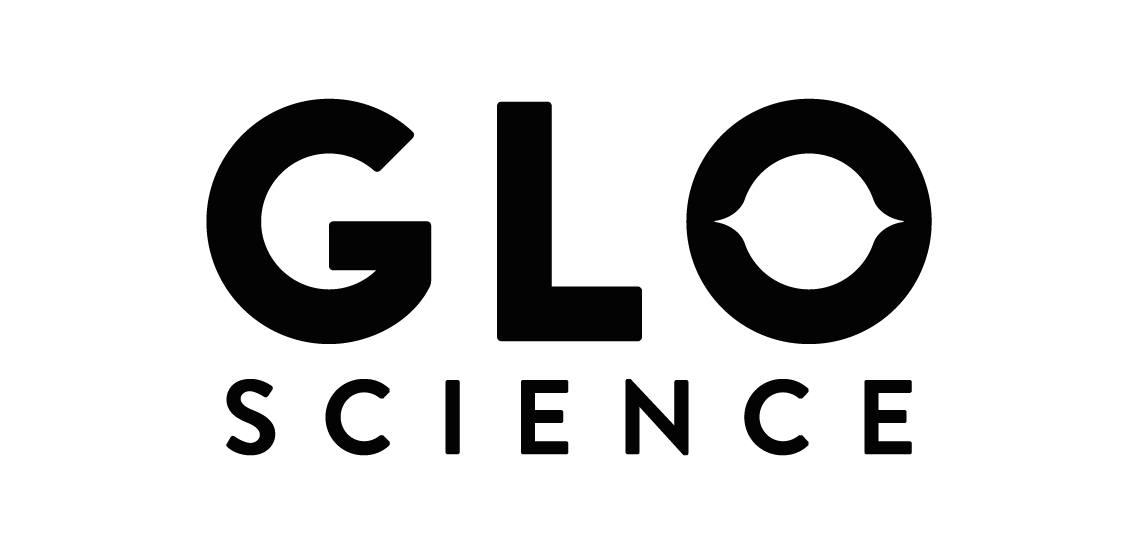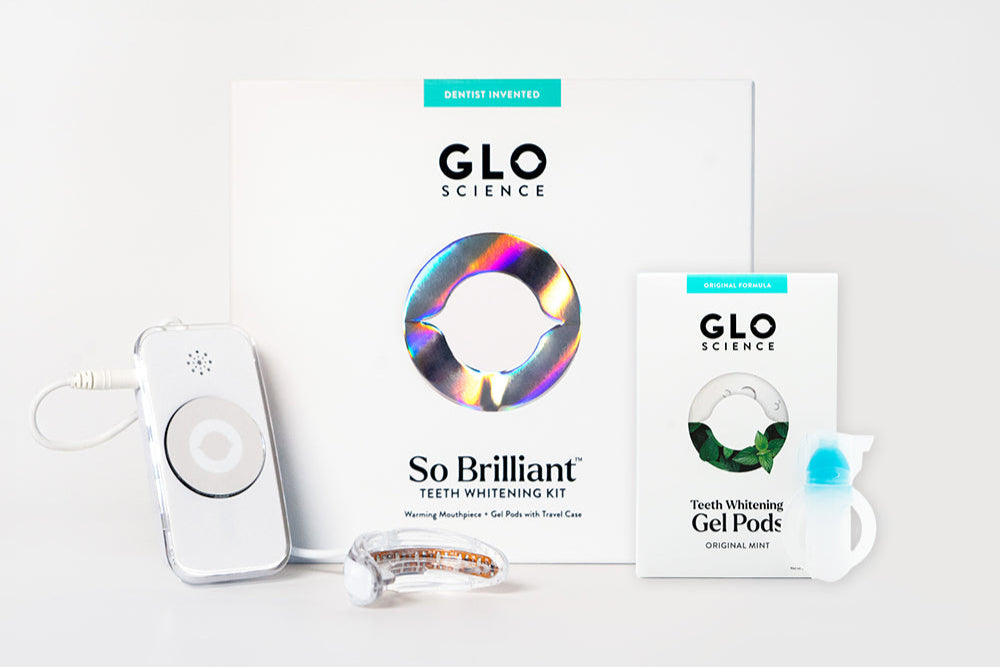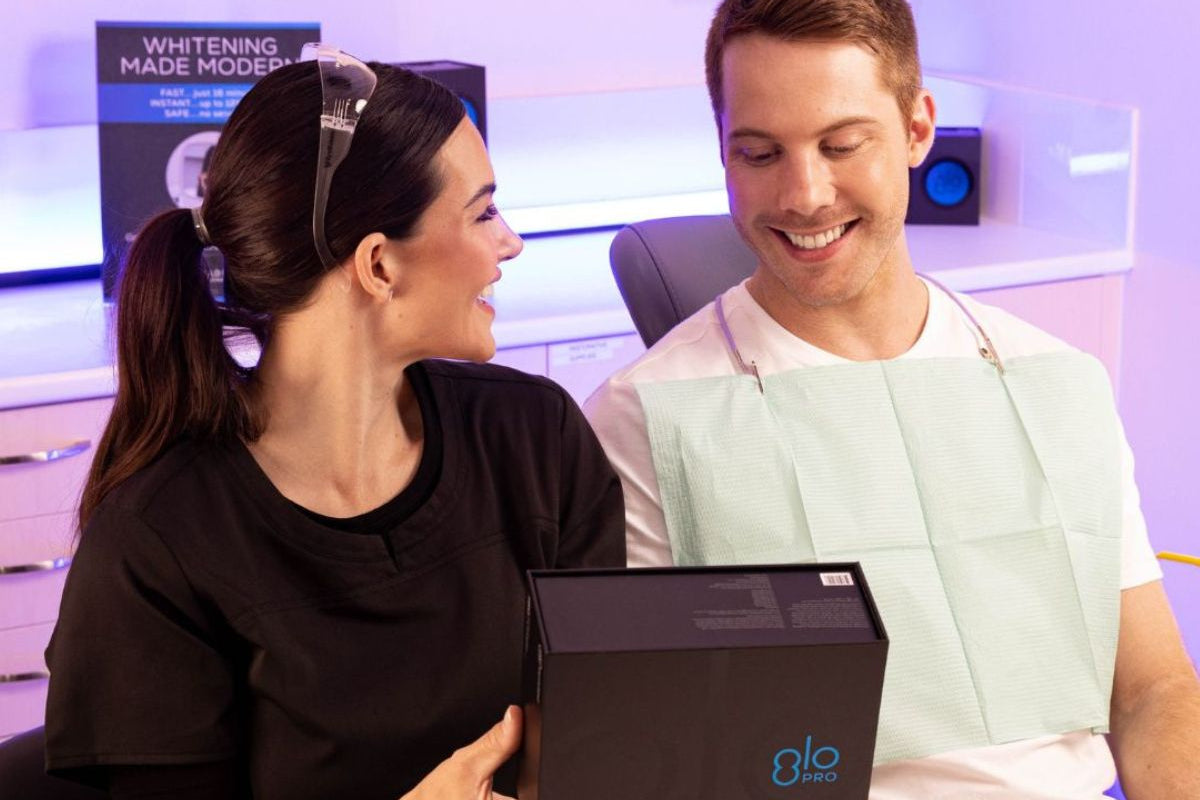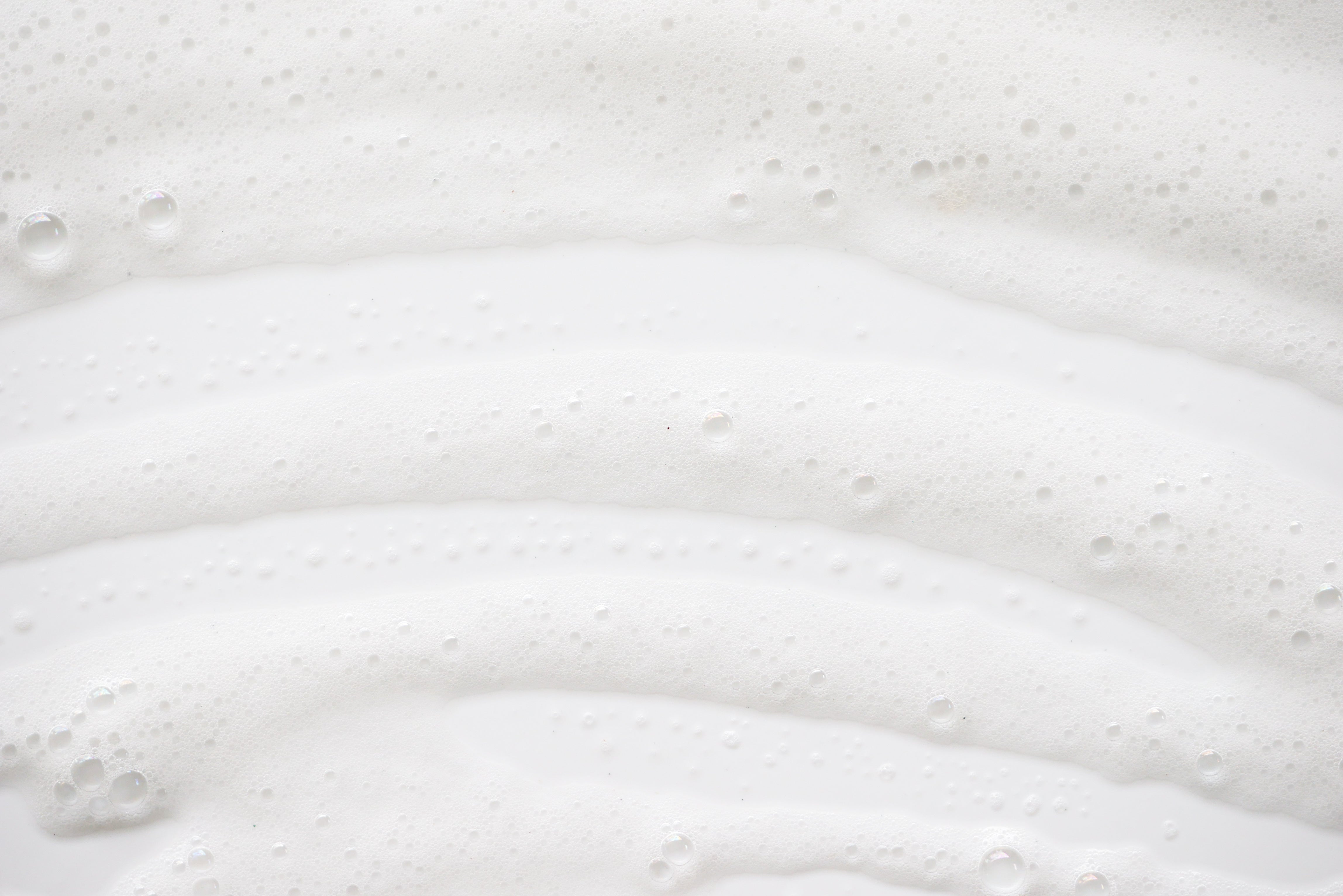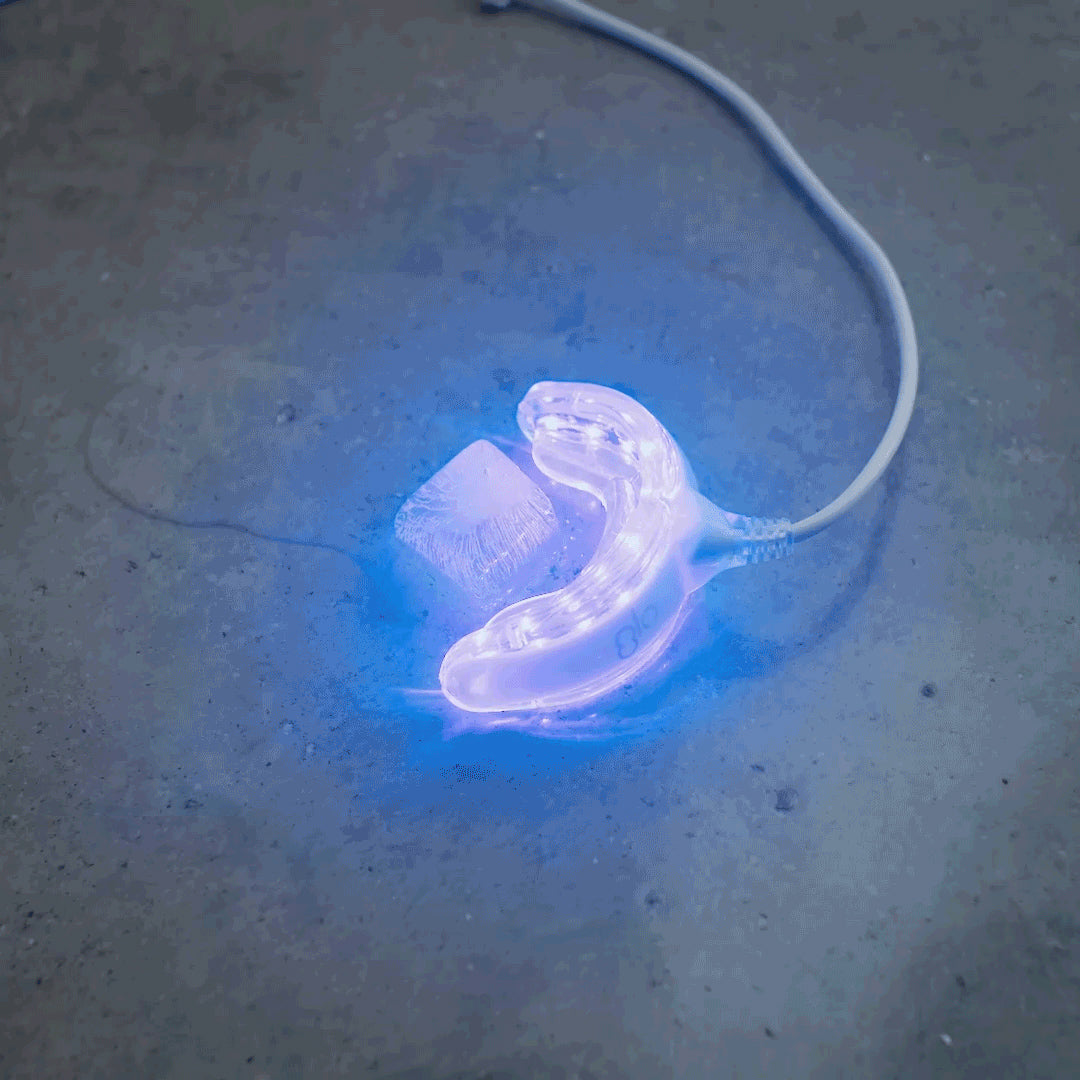
How Heat Can Improve Teeth Whitening
Teeth whitening is one of the most popular cosmetic procedures today. In fact, the American Association of teeth whitening reports that almost 90% of patients request whiter teeth. With so many people seeking brighter, whiter smiles, whitening technology has developed rapidly in recent years. There are countless options when it comes to teeth whitening: from strips, to whitening gel, in-office treatments, and devices that utilize light or heat to whiten teeth.
Though it’s lesser known than other methods of whitening, heat is a powerful tool to accelerate and amplify teeth whitening. Gentle heat acts as a catalyst for the whitening agent hydrogen peroxide, allowing the hydrogen peroxide whitening gel to whiten teeth more effectively in less time. How exactly does heat work in conjunction with hydrogen peroxide to whiten teeth - and is it safe? Keep reading to learn more about heat being used for teeth whitening!
Is Heat Harmful for Teeth Whitening?
Hydrogen peroxide concentration and exposure time are the most critical factors to teeth whitening. Temperature is a secondary factor that contributes to teeth whitening, meaning that it can help bolster and activate the effects of the hydrogen peroxide whitening agent. In order to be effective, it’s critical to use the correct temperature to amplify whitening results. Heat that is too high can seriously damage enamel and cause severe pain, while heat that is too low will not be beneficial as a catalyst for hydrogen peroxide.
In other words, insufficient heat generated during whitening has no measurable effect on the process. On the other hand, heat that exceeds 128 degrees could allow hydrogen peroxide to penetrate too far into the enamel, causing damage to the pulp, or nerves, of the teeth. When this occurs, Substance P, an amino acid peptide, increases dental pulp, causing significant inflammation.
The Goldilocks Zone: Heat That Helps Whiten Teeth
A gentle yet measurable amount of heat helps hydrogen peroxide to sink into the outer layers of the teeth, accelerating whitening. This heat is powerful enough to push the hydrogen peroxide to react, yet gentle enough so as to not contribute to degradation of the teeth. To ensure the integrity of dental enamel, the temperature must be raised yet remain below 128 degrees fahrenheit.
To ensure a temperature that is just-right, it’s best to depend on a professional treatment applied by your dentist. Professional whitening treatments utilize hydrogen peroxide in a higher concentration and are monitored by a dental professional to ensure that light and heat does not damage your teeth. If you’re not ready to commit to an in-office treatment just yet, there are at-home whitening devices that use both light and gentle heat to accelerate whitening. GLO Science whitening systems are the only at-home devices that were dentist-designed to use the perfect combination of light, heat, and hydrogen peroxide to whiten teeth safely, effectively, and quickly all from the comfort of your home. These devices bring the mouthpiece to an ideal temperature that accelerates whitening without damaging teeth, and feature a built-in timer to ensure a perfect application every time.
Conclusion: The Truth About Heat & Teeth Whitening
Heat is an effective catalyst to us in conjunction with hydrogen peroxide to whiten teeth quickly. Gentle heat is safe to use on teeth. For best results without damaging enamel, use a dentist-designed whitening device that uses gentle heat to whiten.
Our most convenient, mess-free way to whiten without sensitivity.
